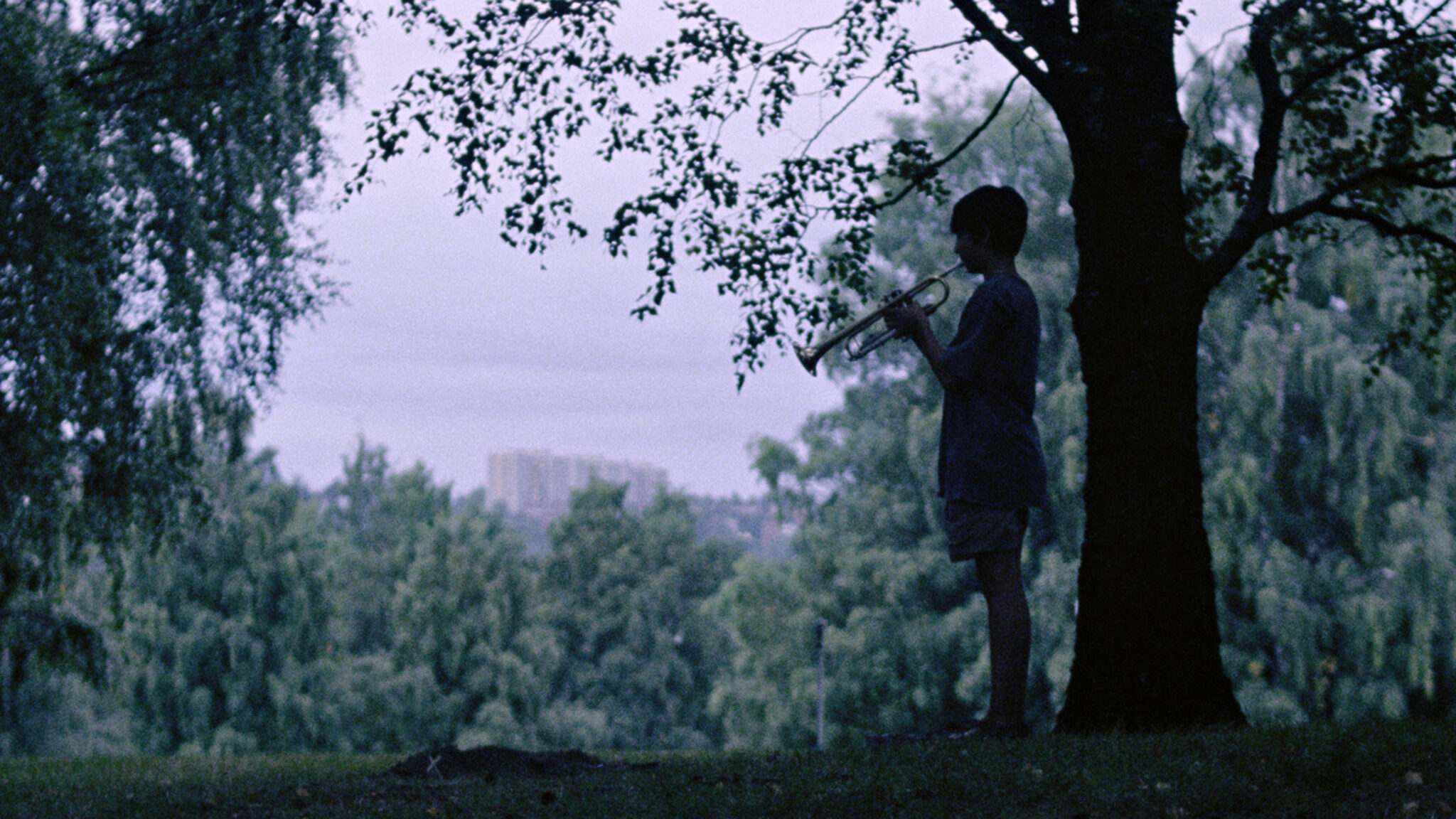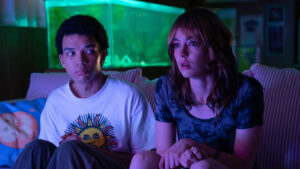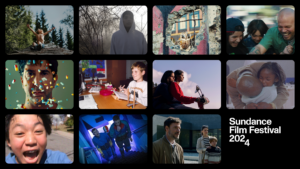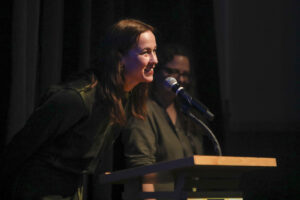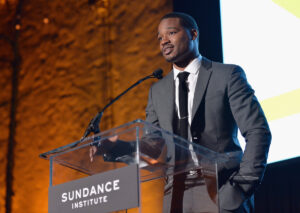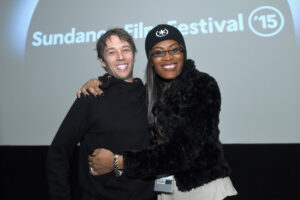By Bailey Pennick
One of the most exciting things about the Sundance Film Festival is having a front-row seat for the bright future of independent filmmaking. While we can learn a lot about the filmmakers from the 2024 Sundance Film Festival through the art that these storytellers share with us, there’s always more we can learn about them as people. This year, we decided to get to the bottom of those artistic wells with our ongoing series: Give Me the Backstory!
Thea Hvistendahl’s debut feature film Handling the Undead lives in the blurred lines between grief, hope, and terror. This complexity is woven into the film’s DNA, which premiered in the World Cinematic Dramatic Competition at the 2024 Sundance Film Festival (and won a Special Jury Award for Original Music). Handing the Undead follows three families as they grapple with the unfathomable event of recently passed loved ones being reanimated — as well as the repercussions of that reality.
The film exists in this strange emotional space against the backdrop of Oslo, Norway, but through understated performances and stark visuals, Handling the Undead is more human than zombie. Hvistendahl gives John Ajvide Lindqvist’s novel of the same name credit for setting such a unique and textured tone. “The book hit me really hard,” the writer-director explains. “The fact that it was both heartbreaking and unsettling at the same time was something that really intrigued me. I also found it difficult to find other films that were playing on both those emotions, which gave me even more inspiration to try and make that work. I’m really into atmosphere, mood, and sensations that can’t be communicated other than through a cinematic experience, so trying to achieve that was my main inspiration I think.”
The desire for this interplay is fitting for Hvistendahl, who counts the works of David Lynch and Pedro Almodovar as her original gateways into filmmaking. “I loved their visuality and the cinematic experience that comes out of [that]. They opened my eyes to the world of films,” she says.
Below learn more about the biggest challenges the Norwegian faced while making Handling the Undead, her advice for fellow filmmakers, and why movies are so important to her.
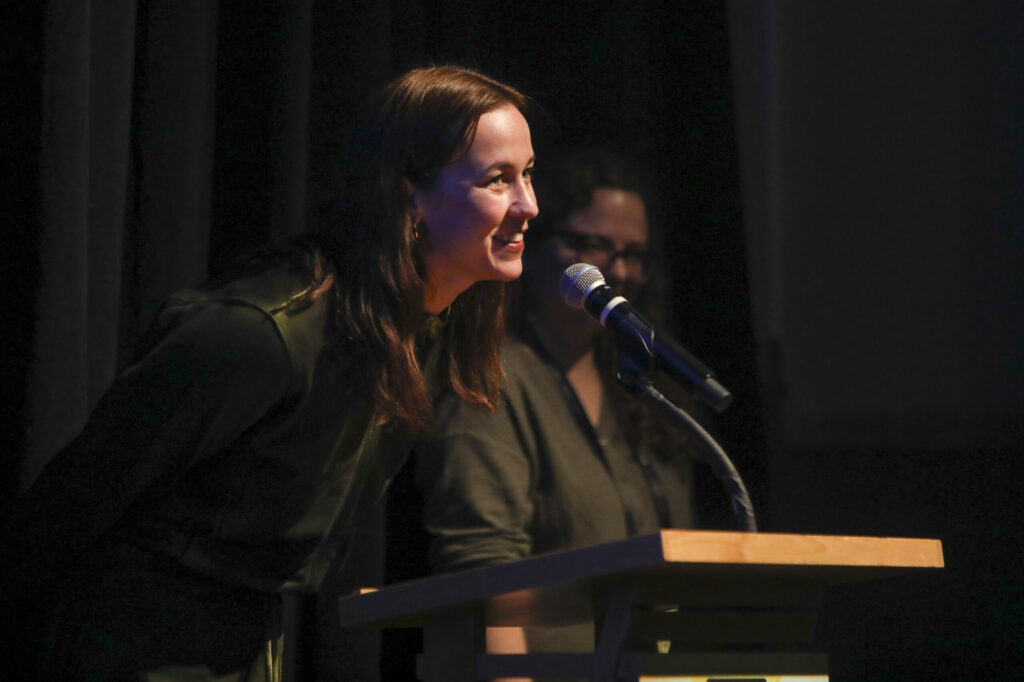
Describe who you want Handling the Undead to reach?
The whole world [laughs]! Hopefully, though, [the film] speaks to people on a basic human level and is open enough for people to insert themselves and relate it to what’s important to them at that moment. I would love it if people who are in some kind of grief find it soothing.
Why does this story need to be told now?
Death is never nonrelevant, but I do feel we have a tendency to avoid talking about it and I think that we should be talking more about it. It’s one of the things that exists in every person’s life, but it’s also the one thing that we can’t conquer or know.
Your favorite part of making the film? Memories from the process?
Oooooh. Everything. There were, of course, a lot of crazy times — frustration, anxiety, and stress in every process — but it all just felt so intense and exciting and wonderful as well. I worked with so many great people, so now looking back at it, it just feels overwhelmingly fun. But where I was having the most fun in the moment was during the actual shoot. That was just beyond exciting, but it also just felt really touching because the crew and cast were so involved in the project and gave everything to make this as good as it could be to help me create my vision. The dedication they showed was something I had never experienced.
What was a big challenge you faced while making Handling the Undead?
So much [laughs]. We had a tropical storm, postponements of various kinds, a lot of scenes to shoot during “magic hour,” and three countries that were all supposed to look like the same city. But I think maybe the biggest challenge in many ways was the structure of the narrative. There’s three stories running parallel through the film, an ensemble cast, undead people you hopefully care about, and a genre blend. I thought to myself many times; Why did I choose such an untraditional first feature? Why didn’t I go for a film with one protagonist with one problem? I guess the challenge was also what really excited me about the project. But it did feel very unsafe many times.
How do you want people to feel after they see your film?
I would love it if people felt love. That they want to hug the people they care about or themselves. And, of course, beyond excited.
Films are lasting artistic legacies, what do you want yours to say?
I guess I’m not really a nostalgic person. I truly believe that living in the past is not good for anyone, so even though it’s pretty cliché, I do think that it’s really beautiful that the world does in fact go on, even though that also hurts. [However] the past can never be undone and you have to find a way to accept what has been and live for what will come and what is there right now.
What is something that all filmmakers should keep in mind in order to become better cinematic storytellers?
Trust your gut feeling, don’t settle for the safe, and use your crew. They have so much experience and are really eager to help.
Why is filmmaking important to you? Why is it important to the world?
It’s a unique way to communicate with other people, open worlds, speak to each other about experiences that connect us, and make us feel seen and heard. It’s really a magical format. Nothing can beat that transcendental experience when a film really hits you in all your senses and makes you become the film. For me it is everything and if I can’t make films I feel like I would slowly wither. It’s where I’m able to fully express myself.




